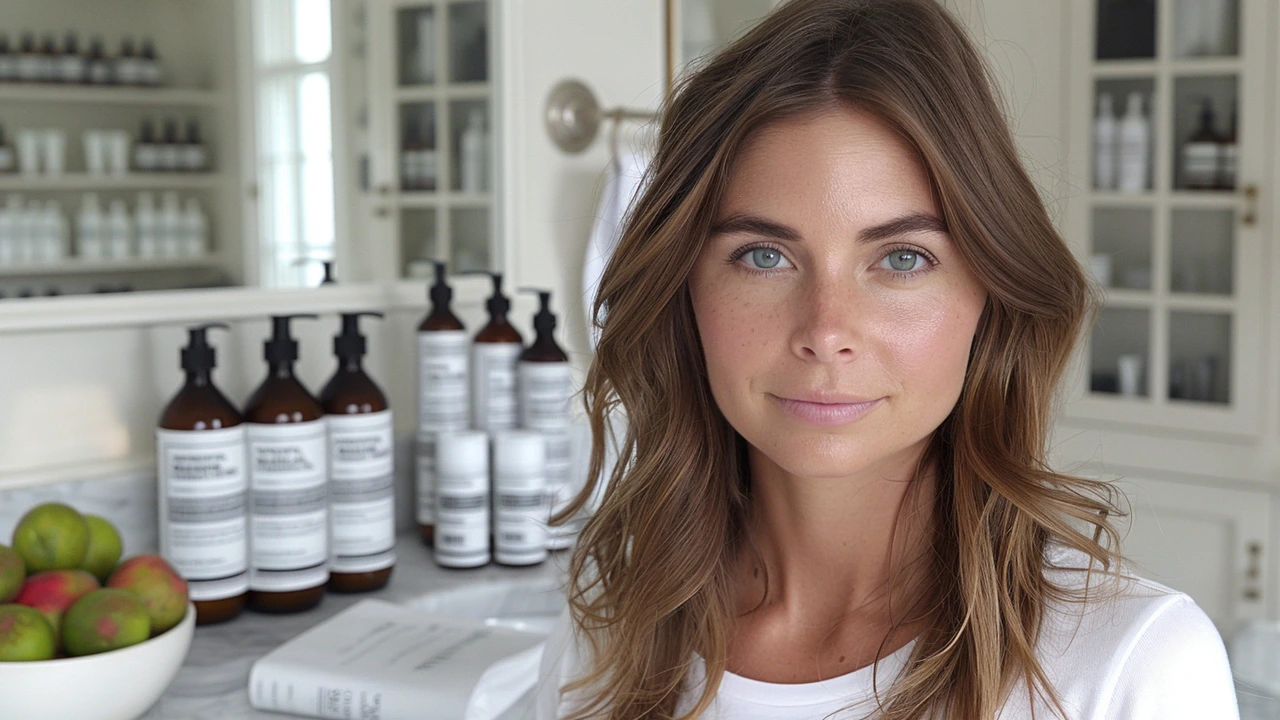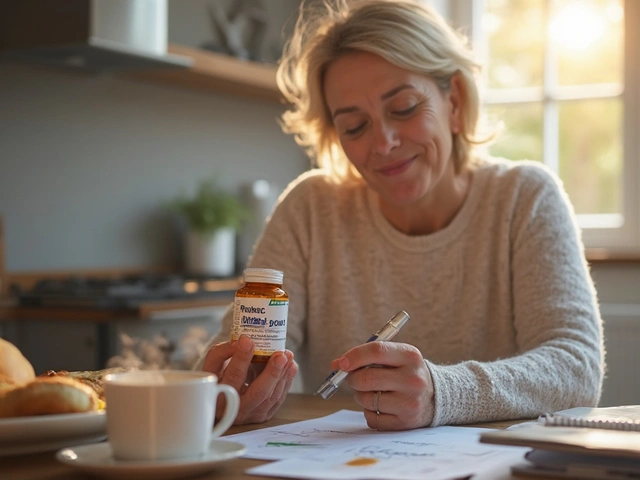Top 6 WebMD Alternatives for Reliable Health Information
December 19 2024Skincare Routine: Simple, practical steps you can stick to
Your skin renews itself roughly every month, so small, consistent habits beat one-off fixes. A clear order and a few reliable products will save time and help your skin actually improve. No fancy tools — just a routine you can do every day.
Think of skincare as four basic moves: cleanse, treat, hydrate, protect. Follow that order and you’ll get the most from each product.
Morning routine
Start with a gentle cleanser — something that removes night sweat and overnight products without stripping your skin. If your skin feels tight after washing, swap to a cream or oil cleanser. After cleansing, use an antioxidant serum like vitamin C. It brightens and helps protect against daily pollution. Next, hydrate with a lightweight moisturizer; pick one with hyaluronic acid if you want extra water-binding power. Finish with a broad-spectrum sunscreen, SPF 30 or higher. Apply it last and reapply every two hours if you’re outdoors.
Don’t skip sunscreen even on cloudy days. Sunscreen prevents dark spots, premature lines, and helps any active treatments work better long term.
Night routine
Nights are for repair. If you wore sunscreen or makeup, double-cleanse: an oil or balm first, then a gentle foaming or cream cleanser. After your skin is clean, apply targeted treatments. Retinoids are the go-to for fine lines and texture — start with a low concentration and use every other night to reduce irritation. If you prefer acids, do chemical exfoliation (AHA or BHA) once or twice a week, not nightly. Follow with a richer moisturizer to lock in repair while you sleep.
Avoid layering too many actives at once. Retinoid plus strong acid or benzoyl peroxide can be harsh. If you use acne meds from a pharmacy—like benzoyl peroxide or topical antibiotics—ask your pharmacist how they fit into your night plan.
Here are a few active ingredient notes so you know what to expect: retinoids speed cell turnover and help with wrinkles; AHAs (glycolic, lactic) slough off dull skin; BHAs (salicylic) clear pores; niacinamide strengthens the skin barrier and calms redness; benzoyl peroxide fights acne bacteria but can bleach fabric. If you’re on prescription meds or have chronic skin issues, check with a pharmacist or dermatologist about combining products.
Quick tips that actually help: patch-test new products for a few days on your jawline; introduce one active at a time and give it 4–8 weeks; skip physical scrubs if your skin is irritated; cut back on frequency before you see redness or flaking. If a product causes stinging, swelling, or severe redness, stop and seek professional advice.
For sensitive or aging skin, keep it minimal: gentle cleanser, ceramide-rich moisturizer, and daily SPF. That alone improves barrier function and reduces flare-ups.
Want product suggestions or need to check interactions with medicines? Pharmacy2Home has guides and pharmacist-backed advice to help you pick safe, effective options. Consistency and the right basics beat complicated routines every time.
 13 May
13 May
Effective Skin Care Routine to Prevent Fungal Discoloration
A comprehensive guide on developing a skincare routine aimed at preventing fungal skin discoloration. This article provides actionable tips and insights into maintaining skin health, preventing fungal infections, and ensuring an even skin tone. It covers key aspects such as daily cleansing, the importance of exfoliation, the role of diet and lifestyle, and the use of antifungal products.
Read More...




